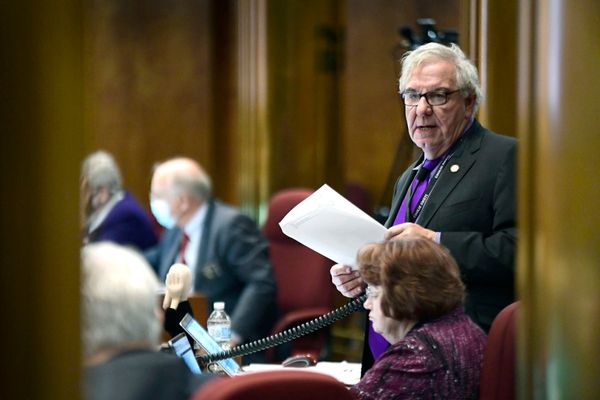
In the wake of a string of high-profile skiing injuries, including the recent crash of downhill star Aleksander Aamodt Kilde, skiers are urging race organizers to address the issue of race-day schedules to help protect athletes and prevent injuries from occurring.
Kilde, a former overall World Cup champion and two-time Olympic medalist, voiced his concerns during his first call with international media since his season-ending crash on January 13th during the storied Wengen downhill. He emphasized the need for a more sustainable approach to scheduling and stressed the importance of athletes having a say in the matter. 'We as athletes need to speak up,' Kilde stated.
The Norwegian skier is one of many who have suffered serious injuries in the packed January program. Among them is his partner Mikaela Shiffrin, an American standout women's skier who is vying for a record-equaling sixth overall World Cup title. These injuries have highlighted the need for a reevaluation of race-day schedules to ensure the well-being of athletes.
Kilde's crash occurred during the third consecutive day of racing, at the last turn of the longest downhill of the season. He had already accumulated two third-place results and had a busy schedule of media and public events. Initially described as a dislocated shoulder and lacerated calf, Kilde's injuries were more severe than they first appeared. In an effort to convey the severity of his injuries, he posted a vivid photograph of his leg injury on social media. The image served as a way for him to garner the respect and understanding he felt he needed.
Now facing a recovery period that involves using a wheelchair, Kilde's future in skiing remains uncertain. He expressed caution when discussing his ability to return to the sport at the level he desires, emphasizing that his immediate focus is on regaining his mobility. However, he remains positive and hopeful that he will be able to compete at a high level once again.
Alongside his personal recovery, Kilde is determined to bring attention to the issue of race-day scheduling. He believes that the consultation of skiers is crucial in finding solutions that prioritize athlete well-being. Currently, a top skier's day can begin before sunrise, including activities such as inspecting the hill, racing, post-race ceremonies, and extensive media work. In the evening, there is often a televised event in a town square, involving trophy presentations, media interviews, and the presentation of start bibs for the next day's race.
Kilde urges a collaborative effort between athletes and race organizers, including the International Ski and Snowboard Federation, to reassess the current scheduling practices and make improvements for future events. The goal is to prevent serious injuries and ensure the safety of athletes. 'We don't have any room to lose anybody,' Kilde emphasized.
While technology, such as cut-proof layers of clothing, can contribute to athlete safety, a comprehensive approach that addresses race-day schedules is necessary to create a more sustainable and secure environment for skiers. The injuries suffered by Kilde, Shiffrin, and other top skiers, including Alexis Pinturault, Marco Schwarz, and Petra Vlhova, highlight the risks inherent in the sport and the need for proactive measures.
As the ski community takes stock of the recent injuries and their impact on athletes' careers, it is hoped that these calls for change will be heeded. By prioritizing the well-being of skiers and incorporating their input into race-day schedules, the sport can move towards a safer and more sustainable future.







